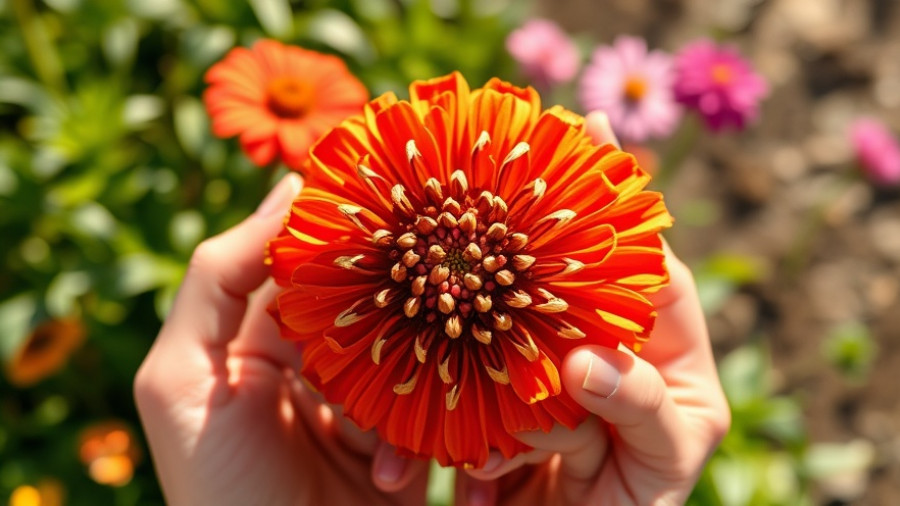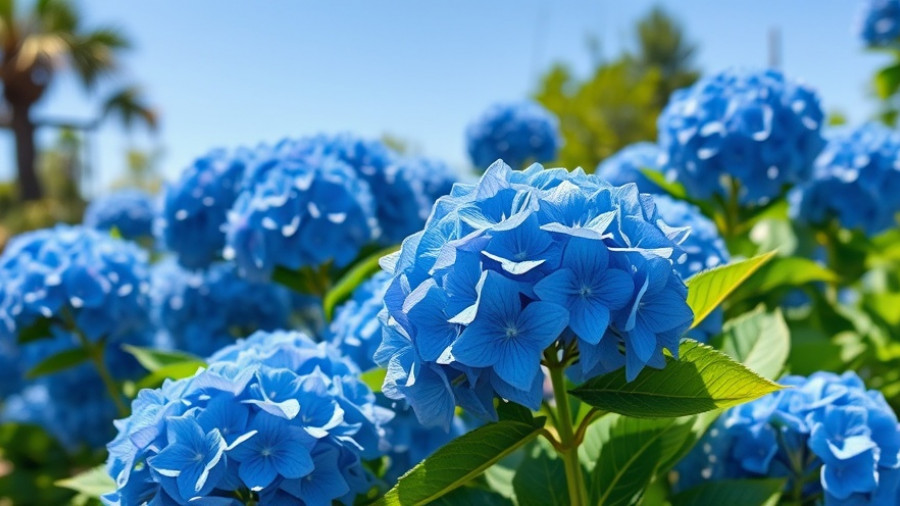
Mastering the Art of Sedum Care for a Lush Garden
If you've ever admired the vibrant hues of sedums but struggled with their floppy growth, you're not alone. While these succulent plants are beloved for their resilience and low maintenance, they can sometimes succumb to their own weight, leading to unsightly stretches and droops. Fear not, fellow gardeners! With some clever strategies and a sprinkle of patience, you can restore your sedum’s robust beauty and keep your garden thriving.
Understanding Sedum: Why They Flop
Before diving into fixes, let’s explore why sedums, known for their fleshy, water-retaining leaves, might be leaning and flopping. Several factors contribute to this issue:
- Overcrowding: When native or neighboring plants overshadow your sedums, they reach out for sunlight, elongating in search of it.
- Insufficient Light: Sedums thrive in bright, full sunlight. When deprived of this, their stems can stretch, leading to an unstable base.
- Watering Practices: Sedums demand well-drained soil. Excess moisture or improper watering can weaken their stems over time.
7 Tricks to Tame Your Floppy Sedums
Now, let's get to the fun part! Here are seven tricks tailored to help you revive your floppy sedum plants:
1. Prune Strategically
Regularly pruning your sedums encourages bushier growth and prevents them from becoming leggy. Cut back any floppy stems in early spring or fall, and watch your plants rebound.
2. Use Supports Wisely
Sometimes, a little aid goes a long way. Using stakes or trellises can help support taller varieties of sedum, giving them the structure they need to flourish while still appearing natural.
3. Ensure Proper Drainage
Improper drainage can lead to stem rot, weakening the plant's integrity. Consider amending your soil with sand or small stones to improve drainage. A raised bed can also provide better water management.
4. Rotate and Replant
If sunlight is an issue, try rotating your pots to ensure an even exposure to sunlight. For garden beds, consider replanting in a new location that provides optimal light. This simple shift can make a world of difference.
5. Choose the Right Varieties
There are various sedum species, some naturally more robust than others. Opt for varieties like Sedum spectabile or Sedum ‘Autumn Joy’, which tend to have sturdier stems and require less support.
6. Water Mindfully
Implement a watering schedule based on the season. In the warmer months, your sedums will need more water, but in the cooler months, light watering will suffice. Always let the soil dry out in between watering.
7. Embrace Companion Planting
Introduce companion plants that provide shade and can complement your sedums beautifully. Consider low-growing perennials or grasses that will not overshadow the sedums but provide a buffer against harsh sunlight.
The Unique Benefits of Caring for Sedums
Engaging with your garden not only beautifies your space but can also enhance your well-being. The act of nurturing plants has been shown to reduce stress levels and improve mood. Providing your sedums with a little extra attention can result in a lush garden—a personal oasis of tranquility right in your backyard.
Making Connections Through Gardening
Gardening is not just about plants; it's about community, connection, and sharing experiences. Join local gardening clubs or participate in community gardening events to exchange tips and stories, fostering bonds with fellow gardening enthusiasts.
By incorporating these tricks into your gardening routine, you are well on your way to a vibrant and healthy sedum display that enhances your outdoor living space. Whether you're planning a complete backyard makeover or simply looking to spruce up your garden, these beauty-enhancing tips ensure your sedums thrive.
 Add Row
Add Row  Add
Add 




Write A Comment